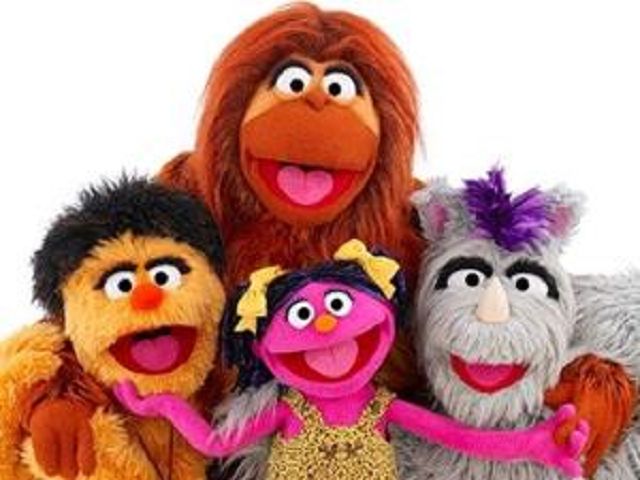Report: The Impact of Jalan Sesama on the Educational and Healthy Development of Indonesian Preschool Children: An Experimental Study

Johns Hopkins Bloomberg School of Public Health
"This study offers solid findings that exposure to a four-month Jalan Sesama intervention can benefit Indonesian preschool aged children....This work shows that differential levels of exposure to the Jalan Sesama project affects and improves a child's literacy and mathematical skills, health and safety knowledge, social development, environmental awareness, and cultural awareness."
Jalan Sesama is a multimedia initiative developed by Sesame Workshop to address the developmental needs of Indonesian children ages 3 to 6 years. Through live action, animation, and puppets, the programme was designed to offer educational and life skills lessons in culturally appropriate and accessible ways.
Using a randomised experimental research design, the study examined the effect of a 14-week intervention on 160 children in the Pandeglang District in Indonesia’s Banten Province. Children were randomly assigned to receive different levels of exposure (control, low, and high) to the Jalan Sesama materials. Children in the high-exposure group watched 3 or 4 episodes of Jalan Sesama every week for 14 weeks. Each of the 52 episodes was seen once. Children in the low-exposure group met once a week for 14 weeks; in these sessions, they watched one episode in order from Episode 1 to Episode 14. Children in the control group met once a week for 14 weeks and watched another children's television programme (i.e., Dora the Explorer, Tom and Jerry, Sponge Bob Square Pants, Unyil).
Results offer evidence that early cognitive skills, literacy, mathematics, health and safety knowledge, social development, environmental awareness, and cultural awareness significantly improved from baseline to post-intervention. Those with the greatest exposure to Jalan Sesama performed the best, even after controlling for baseline scores, gender, age, and parents' education. "In this study, more exposure was associated with higher scores in models predicting early cognitive skills, letter recognition, number recognition, counting, health practice, safety, willingness to be friends, social development, environmental awareness, and cultural awareness. These improvements were observed even after controlling for baseline scores, gender, age, and adult education. We would speculate that these observed improvements are related to the screened material, especially when we know lessons on such content were concrete and frequently repeated. This is similar to findings with other Sesame Street programs. For example, the observed gains for the high exposure group on early cognitive skills are validated because many Jalan Sesama segments featured lessons on color, shape, and size concepts. This was also the case for the safety construct. Indonesian educators and producers were enthusiastic about including traffic safety lessons in this season of Jalan Sesama, and there were specific segments on wearing helmets and seatbelts when traveling by motorcycle or automobile, respectively. That children with greater exposure to these segments would perform best on these types of assessments is logical."
This paper, which was published in the International Journal of Behavioral Development, concludes with the assertion that an educational media intervention can have great benefits, even in locales where the children face difficult hardships and lack basic resources.
Emails from Jenna Cambria to The Communication Initiative on May 22 2012 and June 27 2012. "Sesame Street" excerpts provided courtesy of Sesame Workshop (New York, New York) © 2012 Sesame Workshop. "Sesame Street" ® and associated characters, trademarks, and design elements are owned and licensed by Sesame Workshop. All Rights Reserved.
- Log in to post comments
